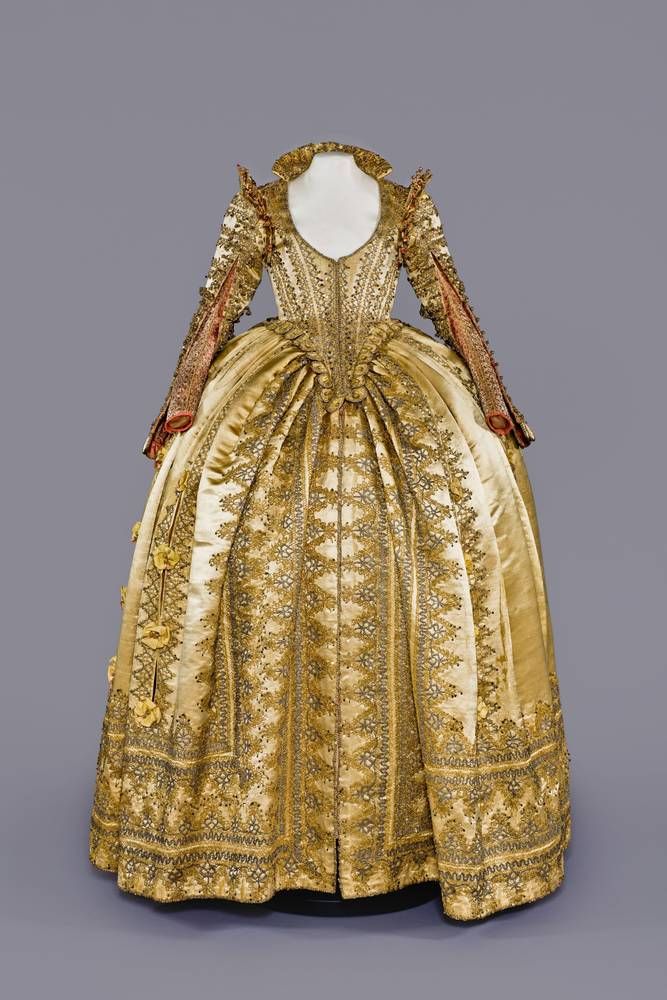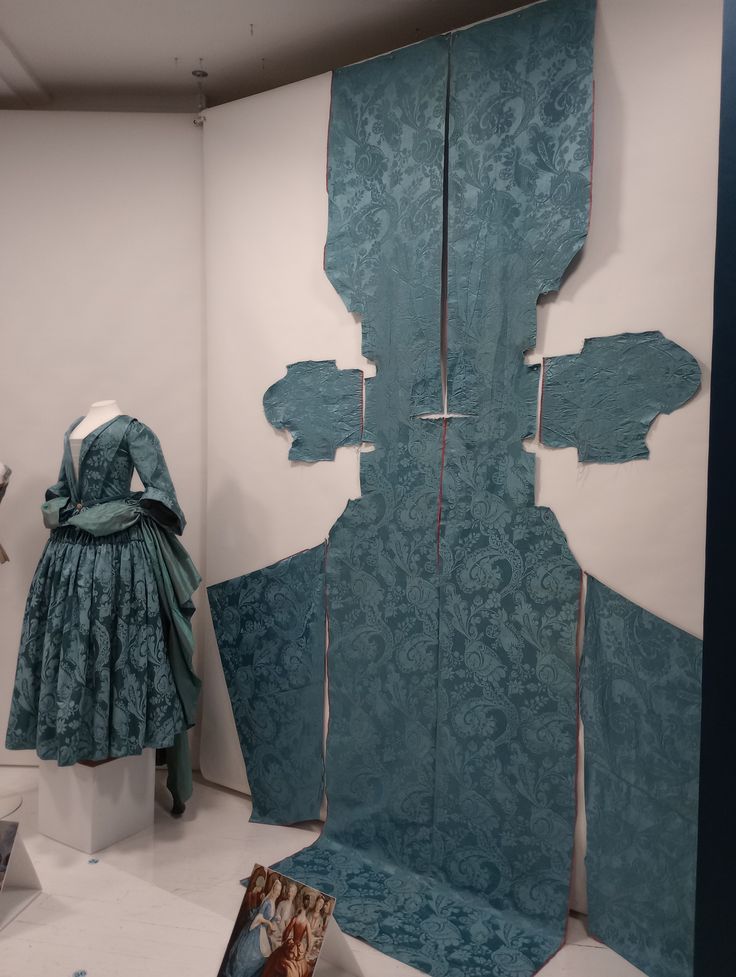#history #portraiture



#history #portraiture
Circa 1867, Italy
Silk taffeta, straw embroidery
Source: The Dreamstress, thedreamstress.com/2...




Circa 1867, Italy
Silk taffeta, straw embroidery
Source: The Dreamstress, thedreamstress.com/2...
One of the most popular images today of the Victorian woman is of her being laced tightly as she clings to the bedpost – the perfect representation of repression. 🗃️🪡










Today’s topic is All That Glitters – we’re talking about fashioning fabric with gold and metal, but especially real gold.
Below, 1610-1620 - Dress of Electress Magdalena Syblla of Saxony.

Today’s topic is All That Glitters – we’re talking about fashioning fabric with gold and metal, but especially real gold.
Below, 1610-1620 - Dress of Electress Magdalena Syblla of Saxony.



#ootd #Fashionhistory




#ootd #Fashionhistory
Of course, the sky isn’t blue. That’s Rayleigh scattering. 🔹
Rare as it is, humans have still been wearing blue a long time. (Below: 1858 © Victoria and Albert Museum, London)

Of course, the sky isn’t blue. That’s Rayleigh scattering. 🔹
Rare as it is, humans have still been wearing blue a long time. (Below: 1858 © Victoria and Albert Museum, London)













